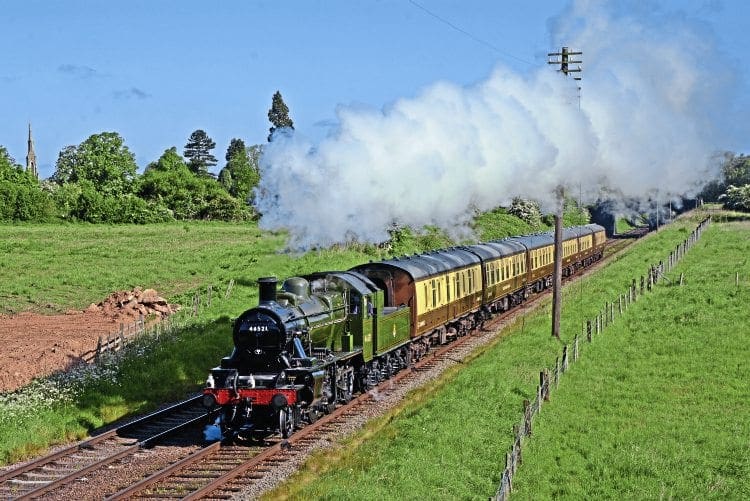Charles Fairburn took over the reins as the Chief Mechanical Engineer of the LMS from Sir William Stanier in 1944 before being quickly succeeded by George Ivatt. Brian Sharpe examines the contributions made by these two engineers to British locomotive development.

The Second World War led to British steam locomotive design taking a new direction. The cessation of hostilities was quickly followed by the Nationalisation of the railways but just as on the LNER, where after Gresley’s long reign, there were two more CMEs in quick succession during the war and its aftermath, the same happened on the LMS. The LMS though was the only one of the Big Four companies that made concrete moves towards large-scale main line dieselisation. The development of modern traction on Britain’s railways should, and under different circumstances probably would, have been handled very differently.
When Sir William Stanier retired in 1944, there were two or three possible successors who had worked very closely with him. Firstly there was Charles Fairburn who had been made acting CME of the LMS when Stanier was called away on war work in 1942.
Enjoy more Heritage Railway reading in the four-weekly magazine.
Click here to subscribe & save.
Fairburn was born in Bradford in 1887, and studied mathematics and engineering at Oxford, obtaining a first-class degree. He then studied for two years under Henry Fowler at Derby Works on the Midland Railway.
Read more in Issue 220 of Heritage Railway
Advert
 Enjoy more Heritage Railway reading in the four-weekly magazine. Click here to subscribe.
Enjoy more Heritage Railway reading in the four-weekly magazine. Click here to subscribe.




